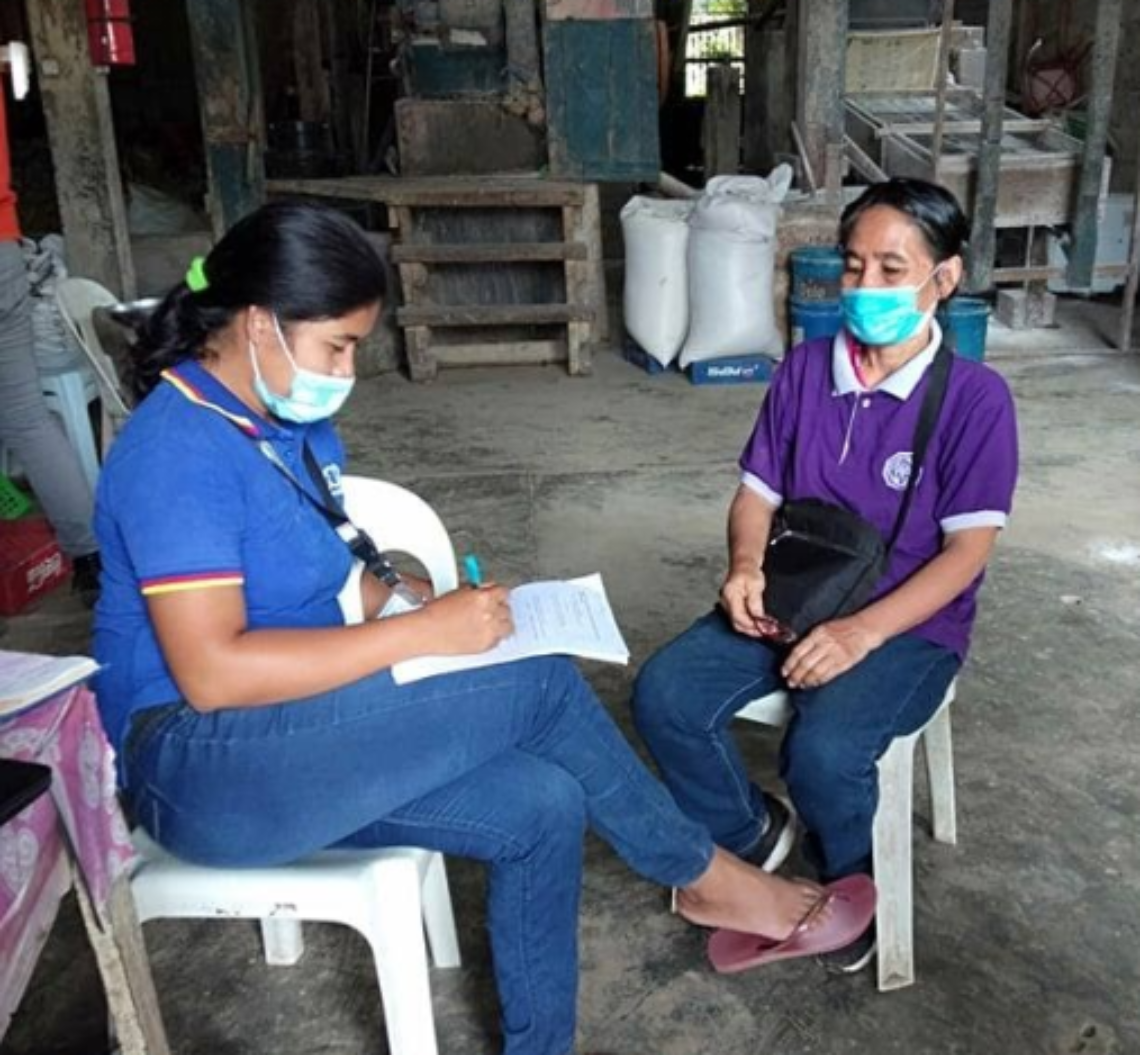Make your 2X MATCHED gift today!
This week only: Every $1 will be matched with $2 to empower women worldwide.
This week only: Every $1 will be matched with $2 to empower women worldwide.
Posted on 01/06/2022

It was July 2020 and the COVID pandemic was covering the globe at a rapid pace. Despite the uncertainty that that entailed, my commitment to social impact fueled my desire to volunteer for the Farmer-to-Farmer Project on a remote basis. The project paired me with a Philippines-based microfinance institution (MFI), LAAK Multipurpose Cooperative (LAMPCO), which I would support in improving its loan repayment capacity.
In full candor, I approached the project somewhat skeptically, thinking my impact would be very limited as a remote volunteer. How would I be able to understand the ground realities that LAMPCO faced if I couldn’t travel and spend time at the organization? But I set my skepticism aside and soaked up as much as I could about the organization from the materials I was given and from its online presence. This process got me really enthused for my first Zoom conversation with the head of the organization, Ma’am Edesa Morante.
I knew LAMPCO’s portfolio at risk (PAR) levels (the loan portfolio that was not being paid or at risk of not being paid on time) was extremely high* – PAR>30 was around 72% as of May 2020 – but I wanted to know more of the back story so I could help the organization tackle this issue.
What ensued was not one, but several, hours-long conversations with Ma’am Edesa and our interpreter, Ronald Lim. These conversations were highly productive and served as the foundation for my understanding of LAMPCO as an organization and its current situation. It also showed me that LAMPCO wasn’t broken, but that a number of levers could be pulled to tighten the organization and improve PAR. For example, while LAMPCO does not use a credit scorecard, it has one and is open and willing to train staff to begin using it. On top of this, Ma’am Edesa was also open to my idea of freeing up branch managers’ time in order to conduct more robust oversight of loan officers and which would thereby strengthen the lending process. With some minor tweaks that have been implemented thus far, LAMPCO’s PAR>30 has seen a huge reduction over the year and as of June 2021 was down to 46%.
Apart from the multitude of conversations with Ma’am Edesa, I also wanted to connect her to a top Cambodian MFI for knowledge-sharing purposes. I had ties to this organization from my experience in impact investing and was able to arrange a call between the two to discuss better aligning loan officer incentives with the organization’s focus areas of profitability and loan quality. From the call, Ma’am Edesa learned the importance of incentive alignment and how she and her team could begin to operationalize this using LAMPCO’s technology platform.
In the end, there is nothing like face-to-face interaction. However, the COVID pandemic required us to adjust. The opportunity to serve as a Farmer-to-Farmer volunteer during the COVID pandemic taught me that human connection (over Zoom!) can transcend physical barriers. I’m grateful for the opportunity to having served on this project and look forward to keeping in touch with Ma’am Edesa to understand how LAMPCO continues to evolve.
*Note that high PAR levels threaten an organization’s sustainability because they eat away at returns.